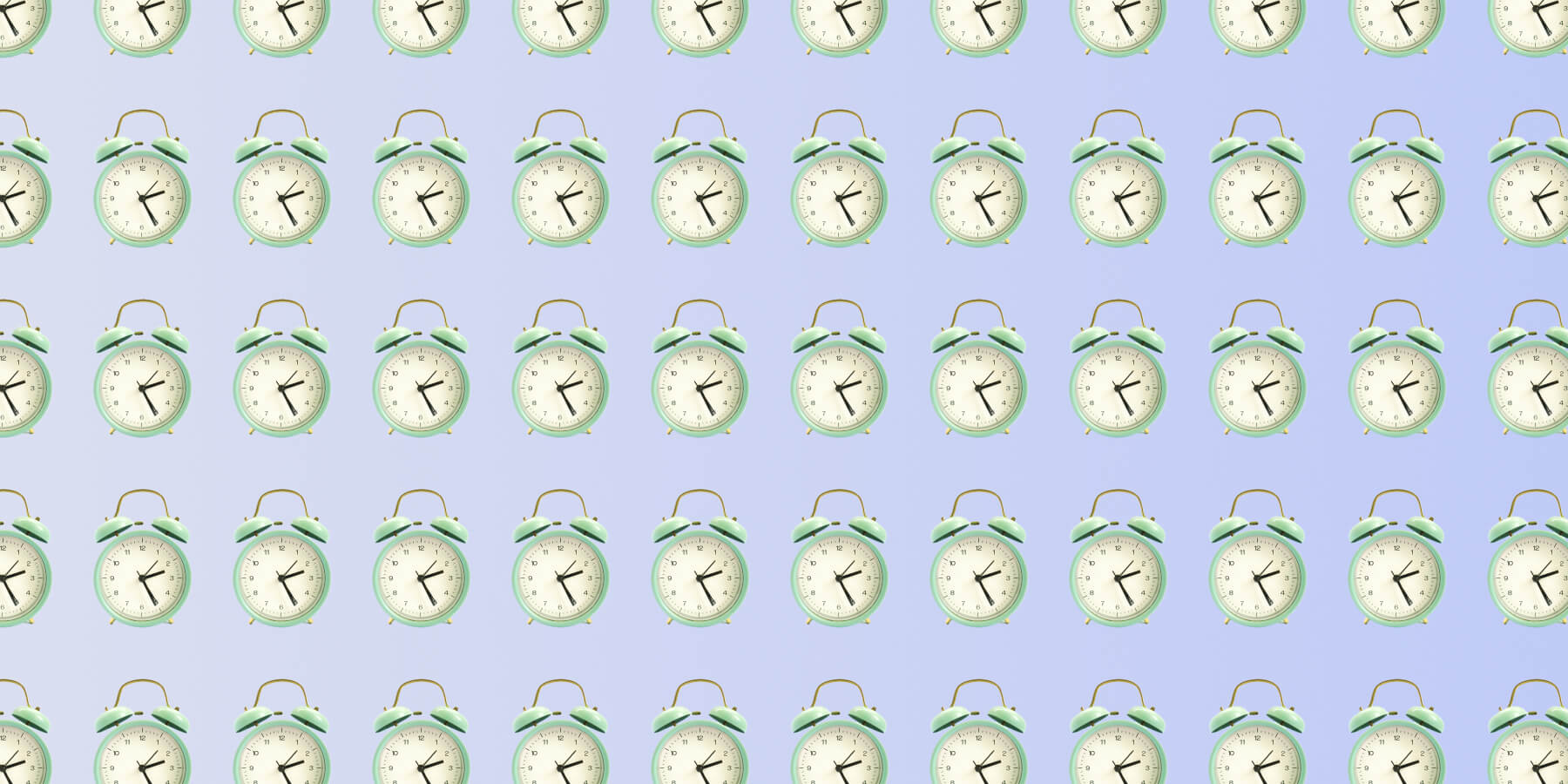The biggest reason people struggle with sleep anxiety is that they think about it as a sleep problem. But actually…
Sleep anxiety isn’t a sleep problem, it’s an anxiety problem.
And to overcome it, you have to use the tools of anxiety, not sleep.
In the rest of this article, I’m going to share 3 ways you can stop sleep anxiety by counterintuitively ignoring the sleep part, and instead, working to resolve the anxiety part.
NOTE: If you prefer to watch or listen to this article, check out the YouTube version here →
1. Stop Ruminating on Bad Sleep
The primary cause of all anxiety—including sleep anxiety—is the habit of worry.
And though most people don’t realize it, one of the biggest causes of worry is rumination—the mental habit of thinking negative and unhelpful thoughts about the past.
In the case of sleep anxiety, rumination often takes the form of mentally dwelling on how poorly you slept last night, complaining to other people about your poor sleep, obsessively researching tips and tricks to sleep better, etc.
But here’s the thing:
The more you think and talk about how terrible your sleep is, the more your brain is going to worry about it, which only makes you more anxious about sleep.
If you want to feel less anxious about your sleep, stop ruminating on it.
2. No Worrying in Bed
I get it… “Don’t worry about it” sounds like pretty glib advice. But the truth is, most people don’t really understand the nature of worry.
While your brain does throw worries at you, most of the worries we experience (and all the sleep anxiety that results) comes from worrying which is the mental habit of elaborating on our worries.
This distinction between a worry and worrying is critical because…
You can’t control a worry from popping into mind. But you can always control the decision to keep worrying about it.
If you magnify all of your worries because of the habit of worrying, you’ll end up spending a lot more time in bed worrying and feeling anxious. And the more time you spend worrying and anxious in bed, the more your brain learns to associate your bed with worry. The terrible end result of this is a phenomenon psychologists call conditioned arousal, which means that because you’ve so associated your bed with worry, it has become an automatic trigger for worry and anxiety!
To break this habit, you need to be very strict (and also compassionate) with yourself about not elaborating on worries in bed. And the best way to do this is to have what I call a Midnight Plan.
A Midnight Plan is a strategy I teach in my insomnia course, Undoing Insomnia, that’s all about having a ready-made, go-to activity you engage in when you start worrying in bed. It could be listening to an audiobook or podcast, reading on your Kindle, or listening to music. But the key is that you use a relaxing activity as a way to focus your attention rather than letting it get lost in spirals of worrying.
3. Scheduled Time to Worry on Purpose
Even if you get better at not elaborating on your worries with more worrying, it would still be nice if your brain sent you fewer worries in the first place, right?
Well, there’s a counterintuitive but highly effective technique called Scheduled Worry which does just that.
While I teach an in-depth version of it in my Creating Calm course, the basics of scheduled worry are simple: By creating a time to worry on purpose, and doing it consistently, you train your brain to worry in the “right” time, and consequently, not to worry at other times. Interestingly, this taps into the same fundamental psychology that underpins animal training.
Here’s how to do it:
- Schedule a consistent 10-minute window each day to be your worry time.
- During that window, take out a pen and paper and list every worry you can think of. Don’t try to solve the worries, just list them.
- When your time is done, crumple up the paper and throw it away.
- Repeat for 2-3 weeks, and you’ll have significantly fewer worries intruding on your consciousness, including in bed when you’re trying to sleep.
Learn More
If you’ve enjoyed this article, you can learn more about sleep and anxiety issues here:
